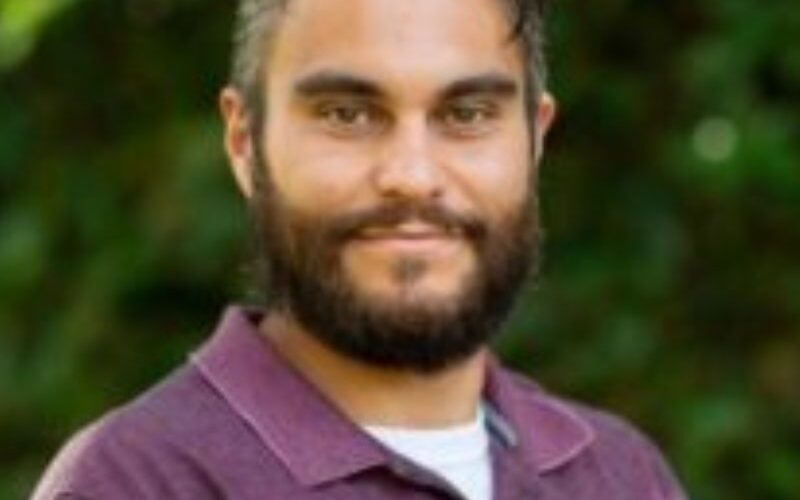By Kevin Johnson, Family First
When you think about the behavior health field many things come to mind. Rehab, AA, Therapy, Psychiatrists, medications, hospitals, and sober living houses. Rarely do you hear people mention the word adolescents or consider the youth population in the same category. Adolescents are struggling more and more today in the behavioral health field. An article in the journal of adolescents “Research in the Integration of Behavioral Health for Adolescents and Young Adults in Primary Care Settings: A Systematic Review” reported that 14-38% of adolescents who are regularly seen by a primary care physician have met criteria for mental health and comorbid substance misuse disorders (P., A, Ana, & Ballonoff, 2016).
This percentage does not include the ones that don’t see a physician. The same article also talks about the lack of services for this specific demographic, not just in the United States but around the world. I work for an adolescent treatment facility, Family First Adolescent Services. When I began my journey of recovery, I wanted to help any way I could. This rings true for many of us in the field.
I had no idea my future in recovery and in the field would be helping those at a young age. Had there been places like the facility I worked for when I was 15-16 years old, things may have been different for me. However, I want to talk about what I see with the alumni of our program. Clients would ask support staff and therapists for their telephone numbers or social media handles to stay connected at the end of treatment.
Well, unfortunately with HIPPA and confidentiality protocols this was not possible. This started my journey to begin our alumni program at Family First. Having previous experience from everything to peer support, writing notes, and case management, I began making calls to alumni who had successfully completed our program. At that time, I stepped into a world which would take me on a path of pain, healing, and growth not only for our program at Family First, but also for my professional and personal growth as an individual in recovery. I took a lot of basic tools from the alumni program I went through several years earlier.
Alumni calls to the clients was my start. The calls were easy at first because I had gotten to know these families and boys from being a part of the intake process and being one of the first points of contact for them when they came to treatment. I did not know who the alumni coordinator was who called me from my program. So, while appreciating their efforts, I felt uncomfortable talking to them about anything.
This was something we wanted to shift at Family First. They knew who I was and have already built rapport during their stay. I quickly started to realize that although I had built a solid relationship with most of the clients while in treatment, most were not giving me honest follow-up answers. They reported that things were “going well” only to find out later from families that they were not. I later discovered that they feared going back to treatment. Let’s face it, many adolescents do not decide they want treatment. They are forced either through parental influence, consequences, or trauma, and finally agree to enter care. Agreeing to come to treatment does not necessarily mean participating in the treatment process.
So, I realized that a few things would have to happen if I was to start really helping some of these clients and their families. The key was to involve the whole family in the alumni process. In the same article I mentioned earlier they conducted research on “Coordinated Care” and found that involving the family in not only the treatment process but post treatment process as well, reduced substance use and misuse and increased readiness to change for the individuals and families (P., A, Ana, & Ballonoff, 2016).
We started doing calls to both the clients and their parents or guardians for follow up. These calls were once a week for both clients and families for the first month and brought issues and situations back to our clinical team for input and recommendations. We added another avenue and level of communication by bringing in a team who created an app for Family First. We offered this app to both families and clients on two separate teams, because let’s face it, it’s not “cool” to be on an app with your “family”.
We began bringing an in person meeting every week for the clients to come and receive support, see staff they connected with, and of course have some good food. Unfortunately through covid, like many programs, we were forced to move our meetings virtually. This did however allow us to reach more clients across the country, ones that could not attend our in-person alumni meeting. We have a strong and fierce group of moms who call themselves “survival moms” that began relationships that would not only benefit their sons but allow their entire family to heal in a way that is life changing.
These moms continue to support families with adolescents who struggle down similar paths. I have had the privilege and honor in seeing so many families heal and begin new ways of life and I am forever grateful. Recovery thrives in consistency and it’s what these adolescents need if they are going to be successful. Success can look different in adolescent treatment. I am proud of the work that we have been able to accomplish through our alumni program by involving the whole family to be part of the treatment process and putting them first.
Works Cited
P., R. L., A, M. C., Ana, R., & Ballonoff, S. A. (2016). Research in the Integration of Behavioral Health for Adolescents and Young Adults in Primary Care Settings: A Systematic Review. Journal of Adolescent Health, 261-269.



